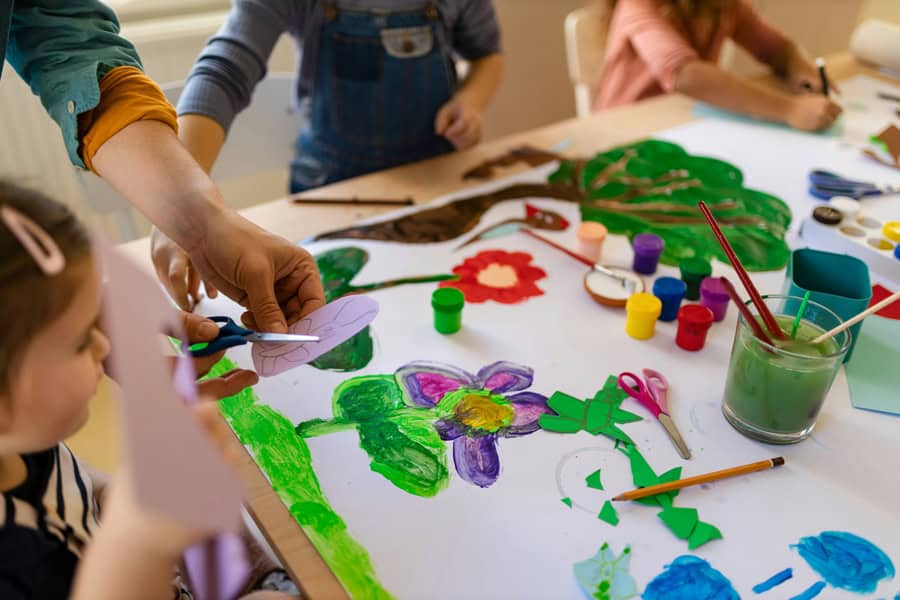5 Engaging Activities to Do with a Nonverbal Autistic Child
Connecting with a nonverbal autistic child may sometimes feel challenging—but it’s also incredibly rewarding. Communication doesn’t always have to involve words. Through sensory experiences, creativity, and shared moments, there are countless ways to bond, build trust, and support development. Below are five engaging activities that not only foster connection but also encourage learning, expression, and joy.
1. Sensory Box Play
Sensory bins are a wonderful hands-on activity that taps into your child’s natural curiosity. These boxes can be filled with materials like sand, water, rice, or slime—anything that stimulates the senses. Add small toys, cups, or utensils to create more opportunities for tactile exploration. Let your child take the lead, experimenting with textures and movements in a space where they feel free and safe.
2. Spend Time in Nature
Nature offers a calming, open environment ideal for exploration and sensory engagement. Go for a quiet walk, visit a park, or simply sit and watch birds or the wind rustling through trees. Natural settings can reduce anxiety, spark curiosity, and provide a soothing backdrop for physical movement and nonverbal interaction. Allow your child to explore at their own pace and observe what catches their attention.
3. Music and Movement
Music has a unique ability to resonate with children of all communication styles. Play songs with clear rhythms, soothing melodies, or simple instructions—like “Head, Shoulders, Knees, and Toes.” Encourage your child to dance, sway, clap, or follow along with motions. This type of activity not only promotes motor skills and listening but also offers an emotional outlet for expression.
4. Arts and Crafts
Creative expression is a powerful tool for nonverbal autistic children. Provide crayons, markers, paint, stickers, or even clay—whatever your child enjoys most. Give them the freedom to create without pressure or expectations. Through colors and textures, they may express emotions or ideas that are difficult to communicate otherwise. Celebrate their artwork as a meaningful expression of their inner world.
5. Interactive Books
Books that engage more than just the eyes can be especially helpful. Choose interactive books with textures to feel, flaps to lift, or buttons to press. You can also read stories that include movement prompts—like stretching or clapping—to keep your child physically engaged. Even simply turning pages together helps build routine and shared focus. The goal is to foster attention and imagination in a way that feels accessible and enjoyable.
Supporting Your Nonverbal Autistic Child with The Deron School
These five activities are just the beginning when it comes to connecting with a nonverbal autistic child. At The Deron School, we understand that every child has a unique path to communication and growth. Our programs are designed to meet children where they are—providing individualized support that empowers both learning and self-expression.
Explore how The Deron School can become a valuable partner in your child’s developmental journey. Contact us today to learn more about our specialized services and inclusive educational environment.
